-
 © Greg Gjerdingen/Creative Commons https://creativecommons.org/licenses/by/2.0/legalcode
© Greg Gjerdingen/Creative Commons https://creativecommons.org/licenses/by/2.0/legalcode -
 © Library of Congress/Public domain
© Library of Congress/Public domain -
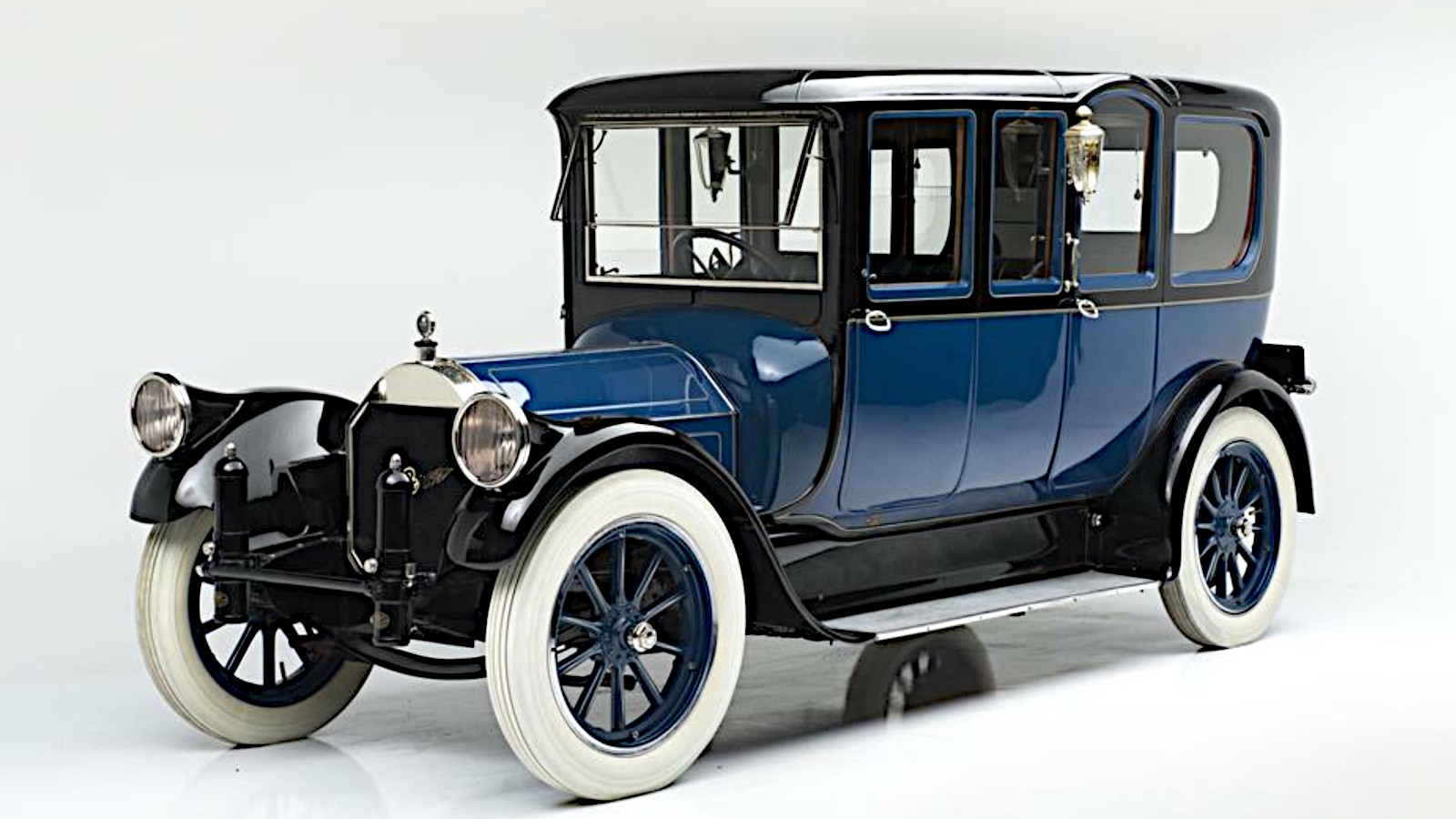 © Barrett-Jackson
© Barrett-Jackson -
 © Darin Schnabel/RM Sotheby’s
© Darin Schnabel/RM Sotheby’s -
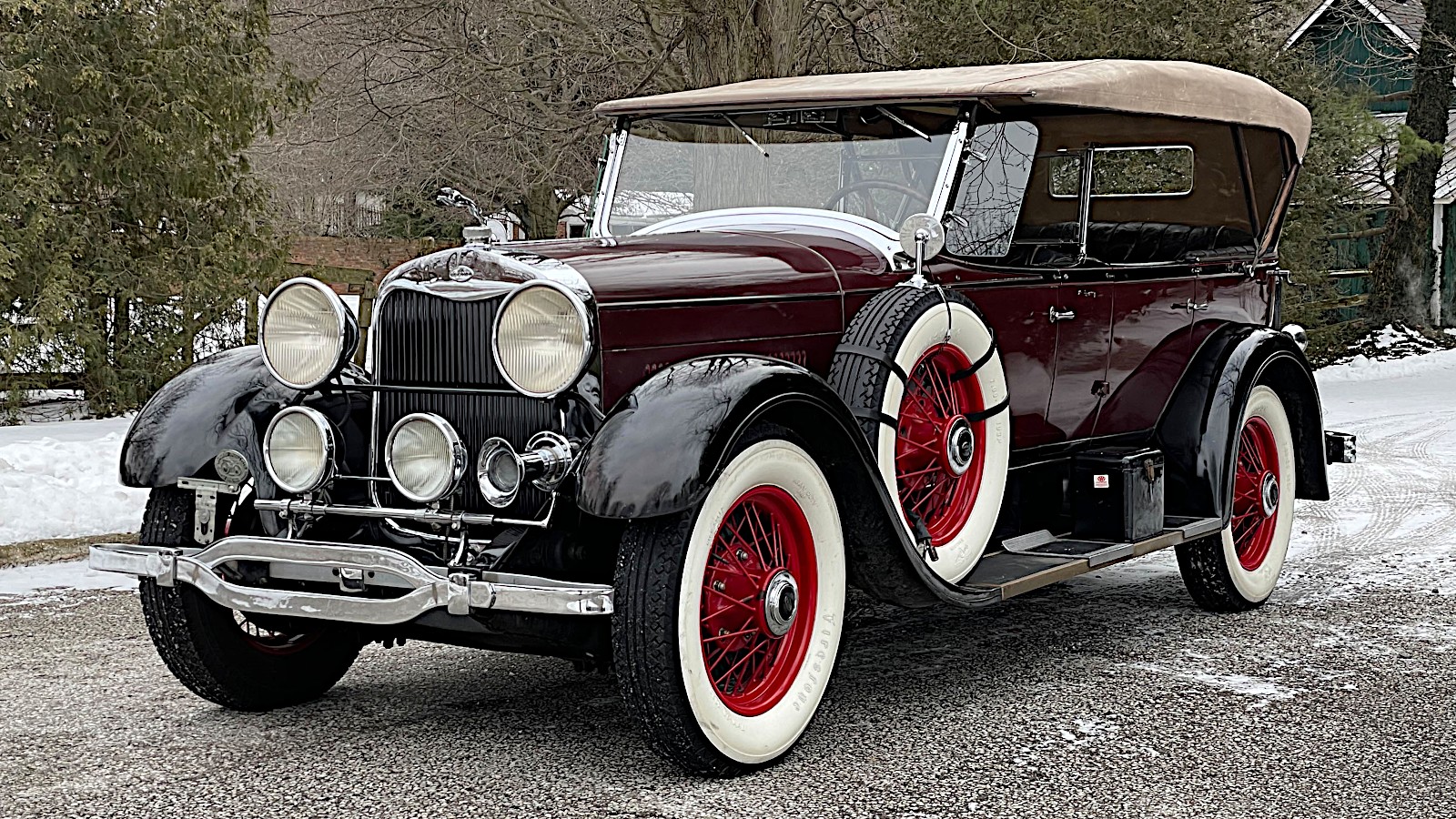 © RM Sotheby’s
© RM Sotheby’s -
 © Bonhams
© Bonhams -
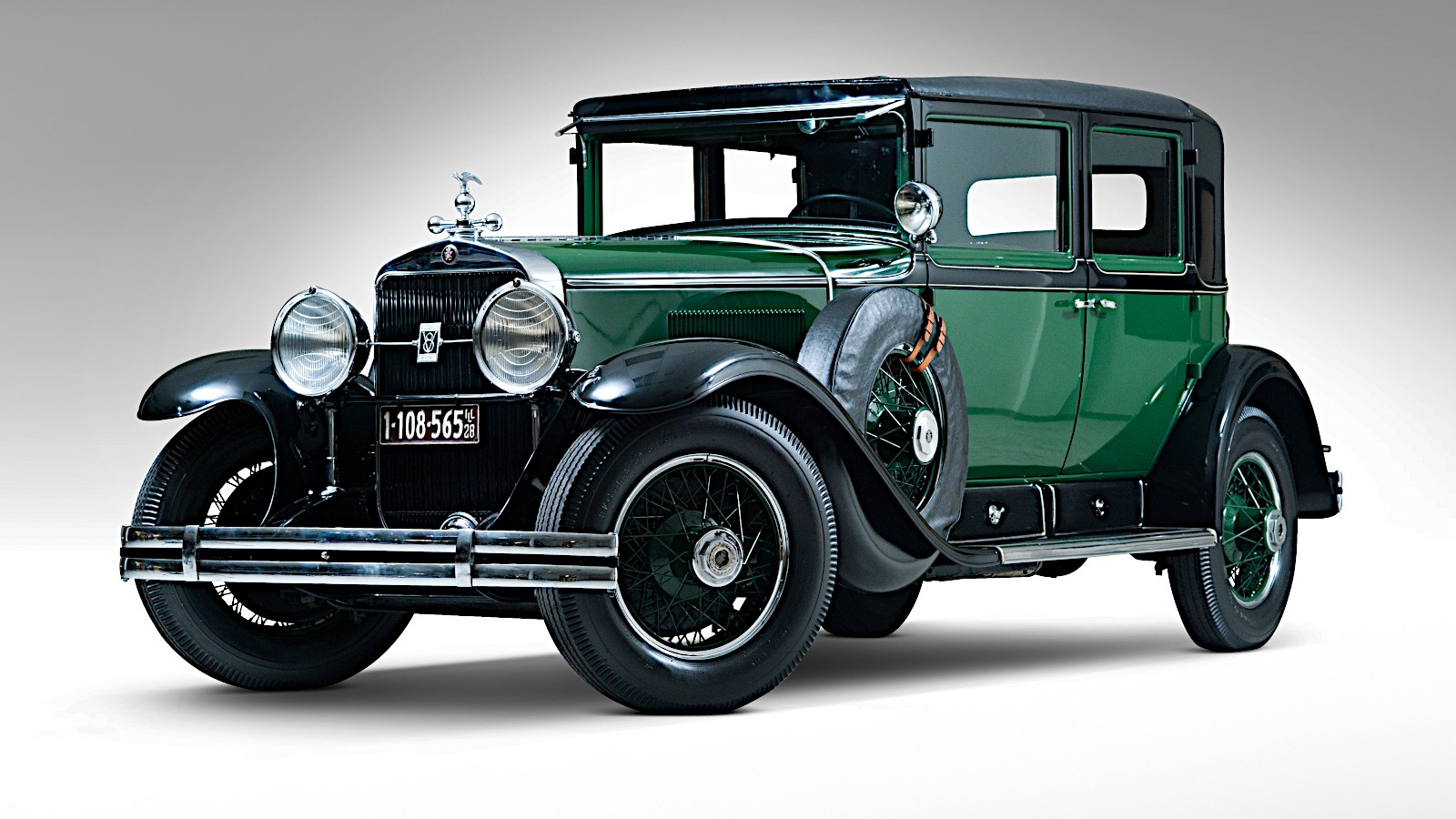 © Theo Civitello
© Theo Civitello -
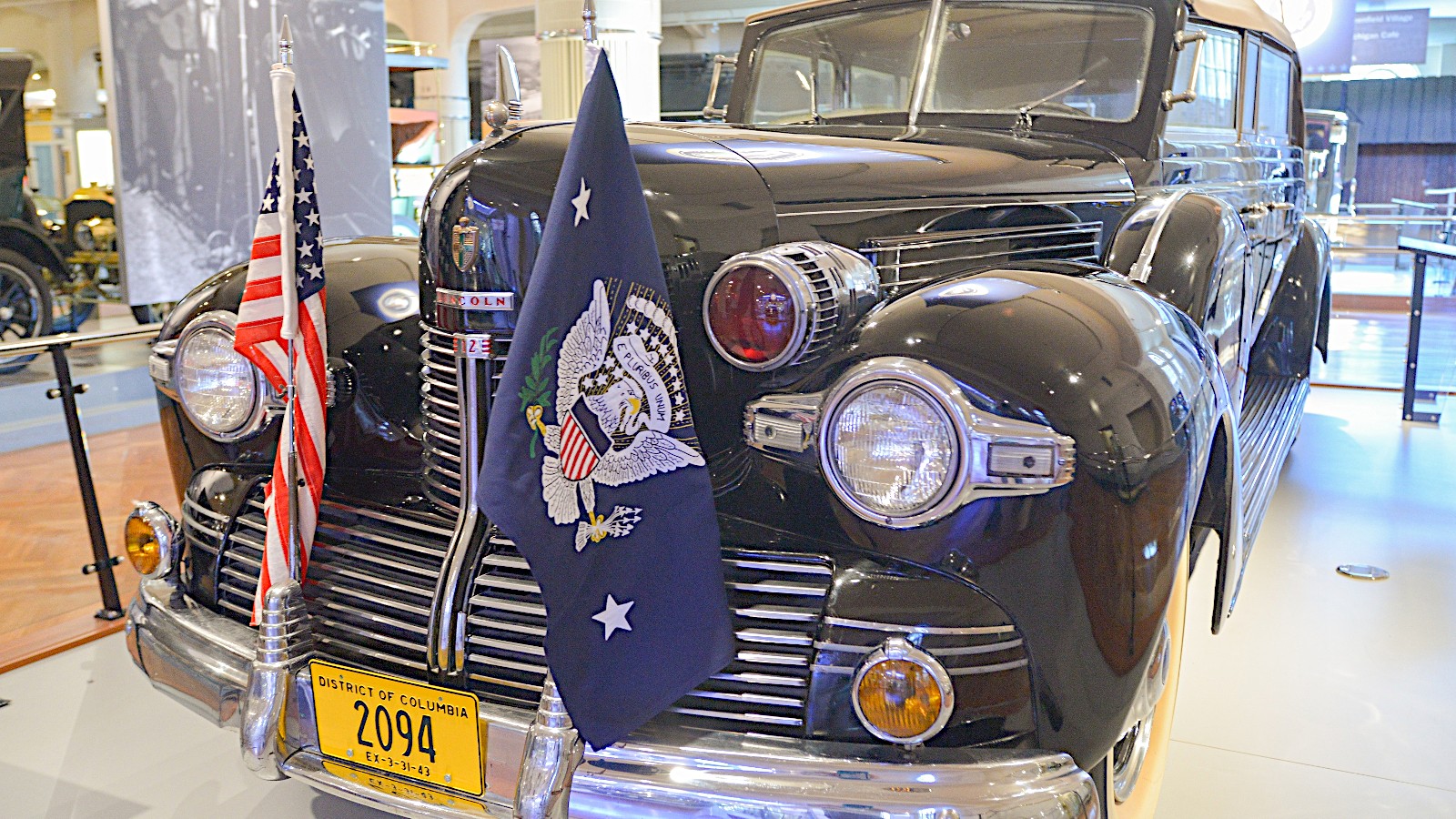 © Brody Levesque/Creative Commons licence https://creativecommons.org/licenses/by-sa/4.0/legalcode
© Brody Levesque/Creative Commons licence https://creativecommons.org/licenses/by-sa/4.0/legalcode -
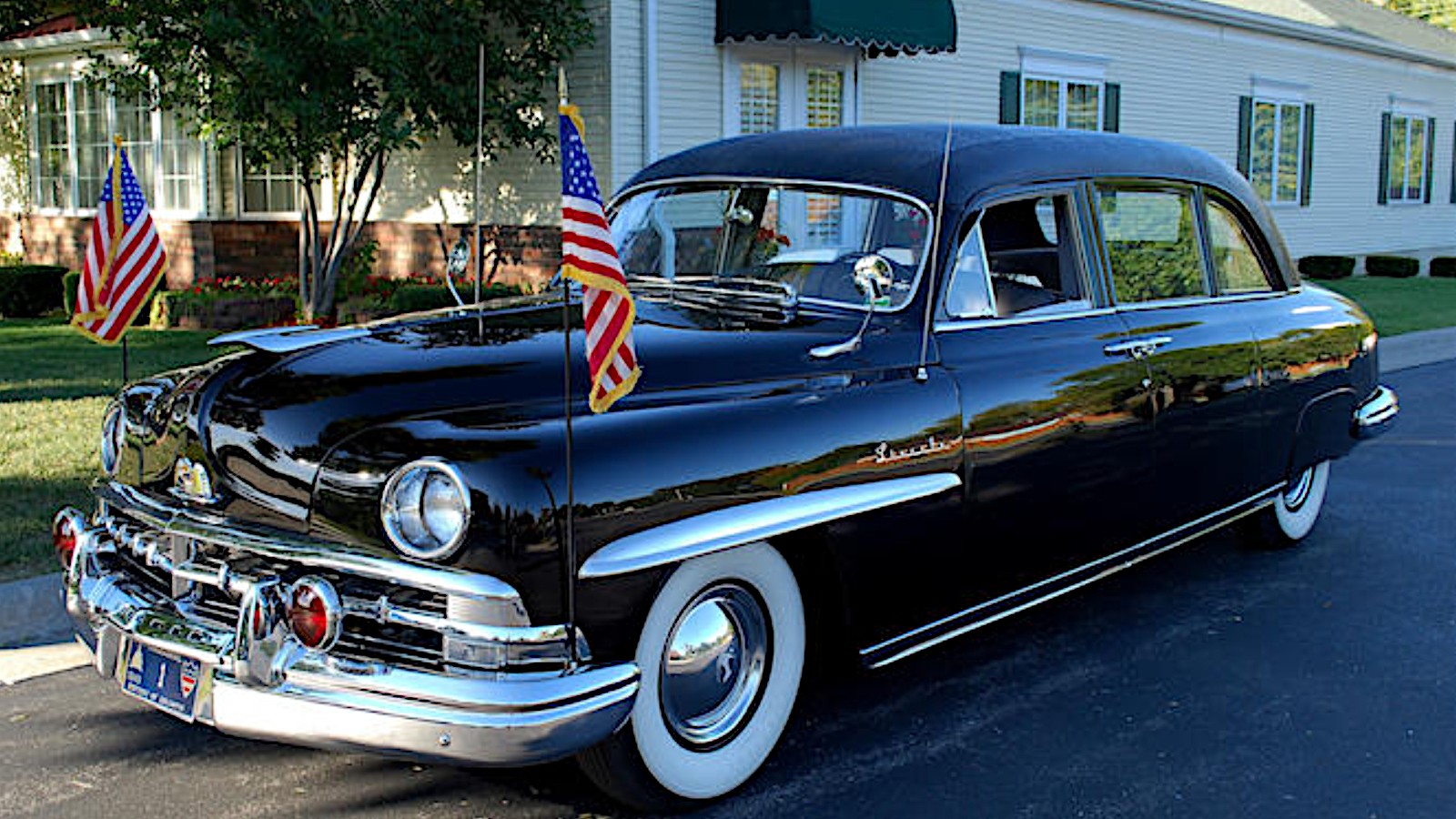 © Bonhams
© Bonhams -
 © GM
© GM -
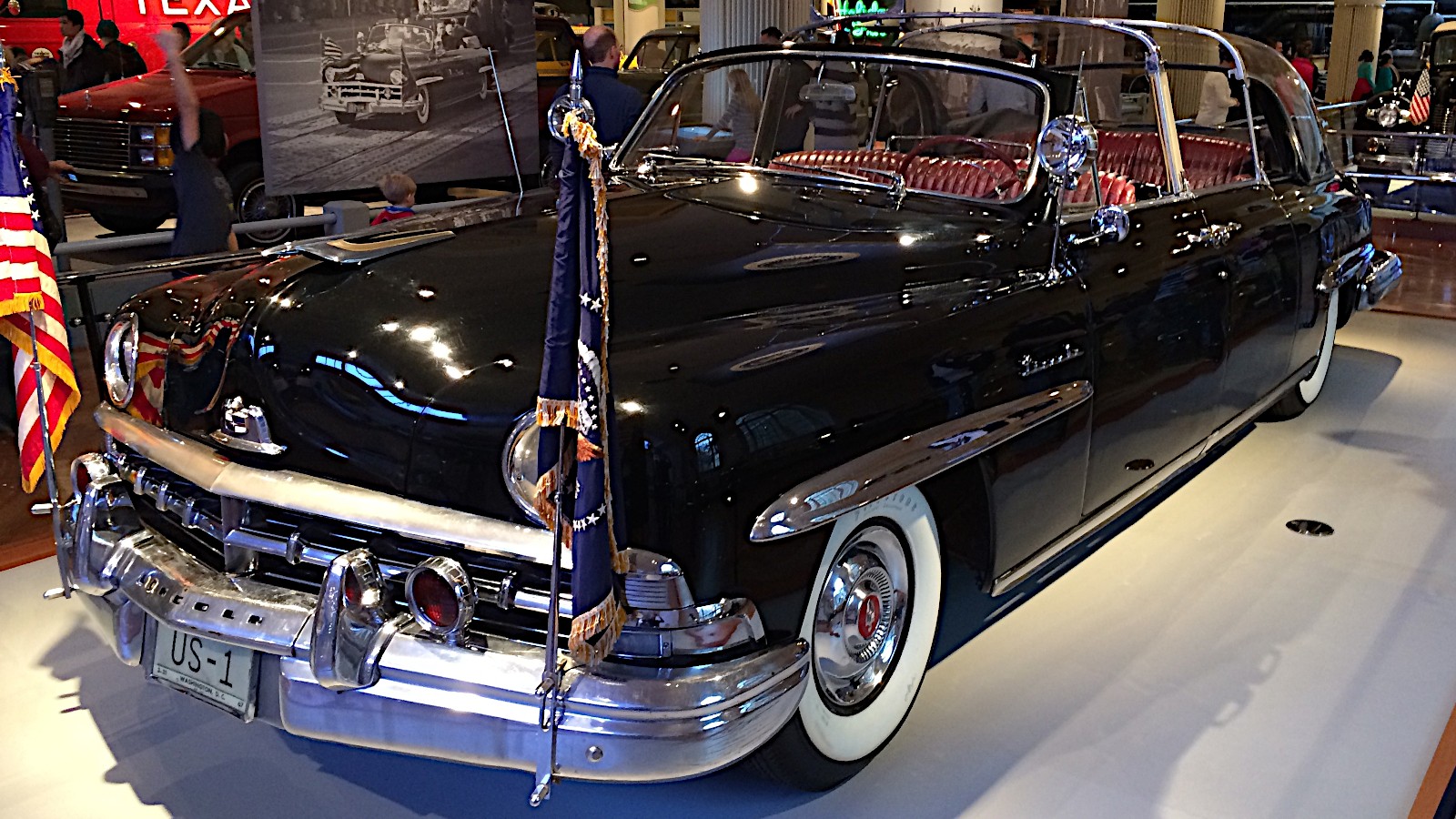 © Chris Short/Creative Commons licence https://creativecommons.org/licenses/by-sa/2.0/legalcode
© Chris Short/Creative Commons licence https://creativecommons.org/licenses/by-sa/2.0/legalcode -
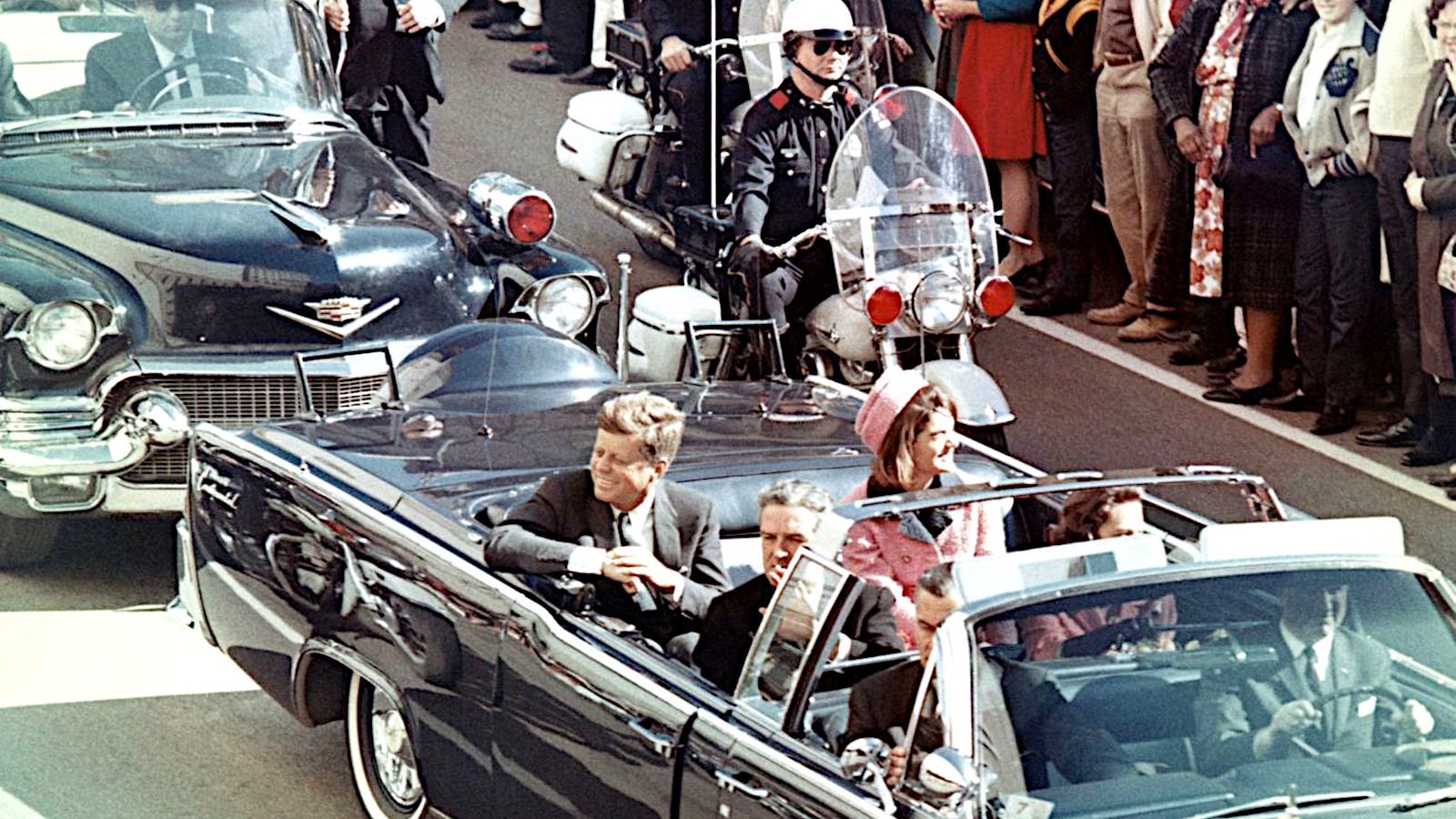 © Dallas Morning News/Public domain
© Dallas Morning News/Public domain -
 © Ford
© Ford -
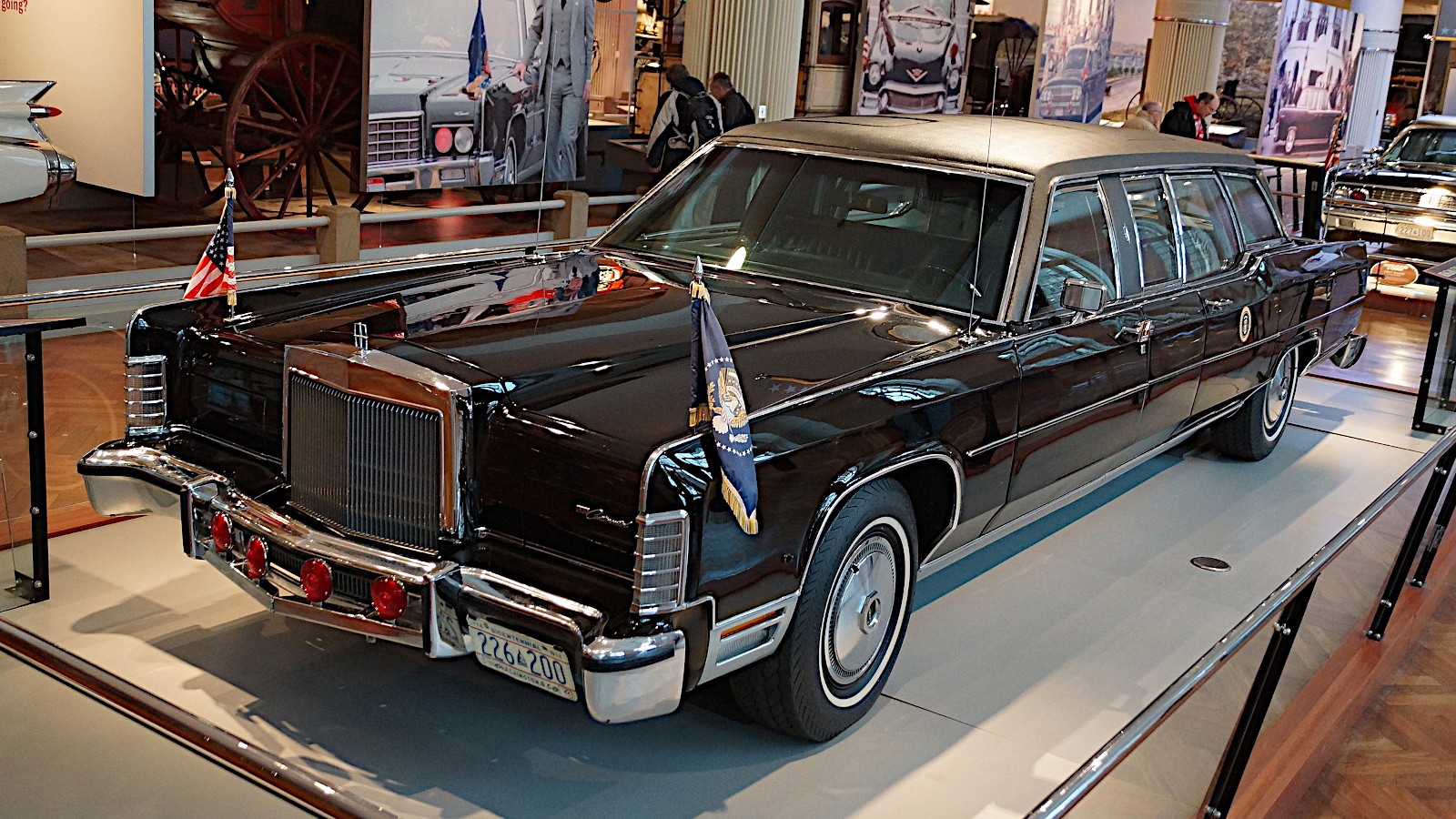 © Greg Gjerdingen/Creative Commons https://creativecommons.org/licenses/by/2.0/legalcode
© Greg Gjerdingen/Creative Commons https://creativecommons.org/licenses/by/2.0/legalcode -
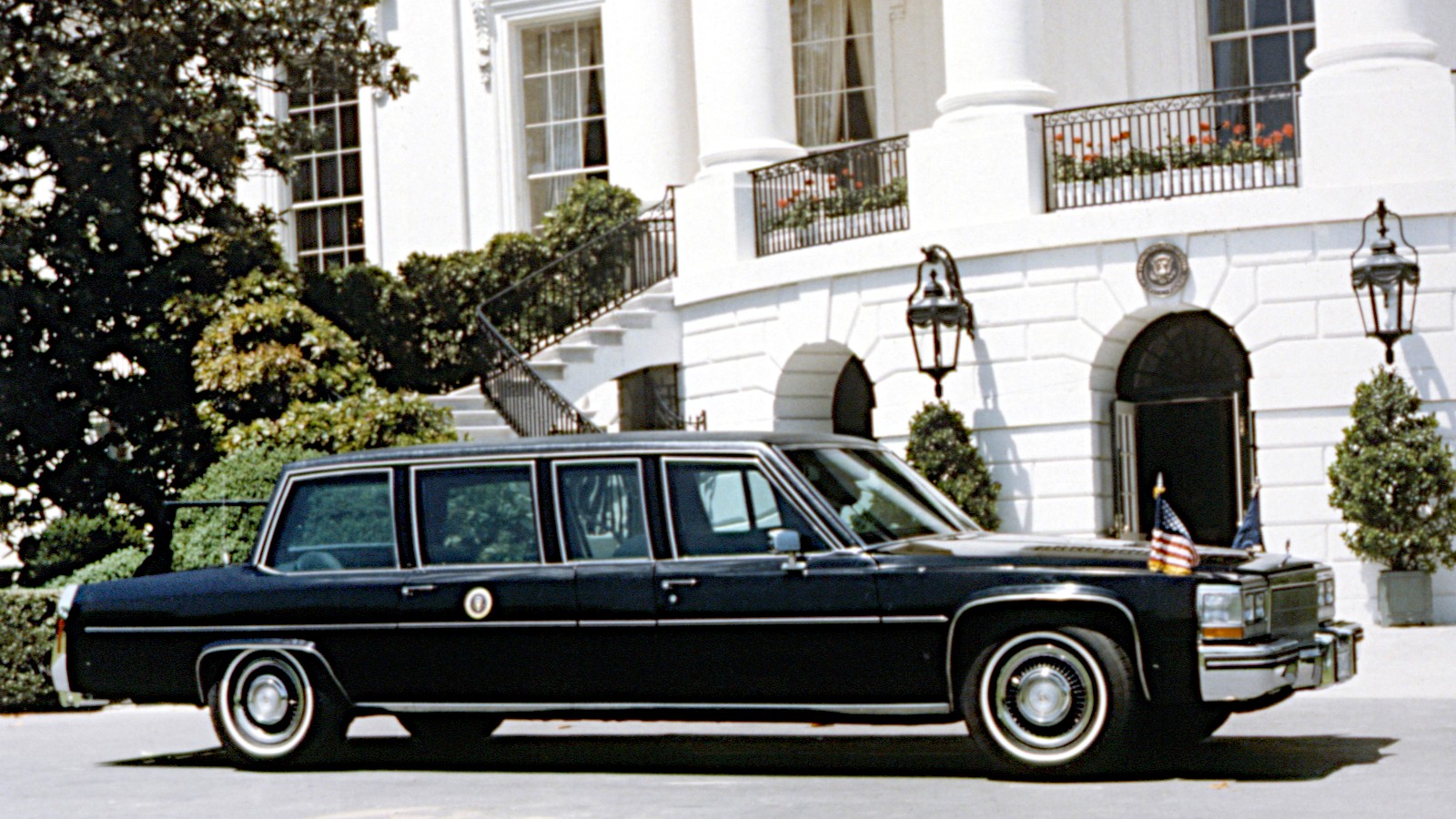 © GM
© GM -
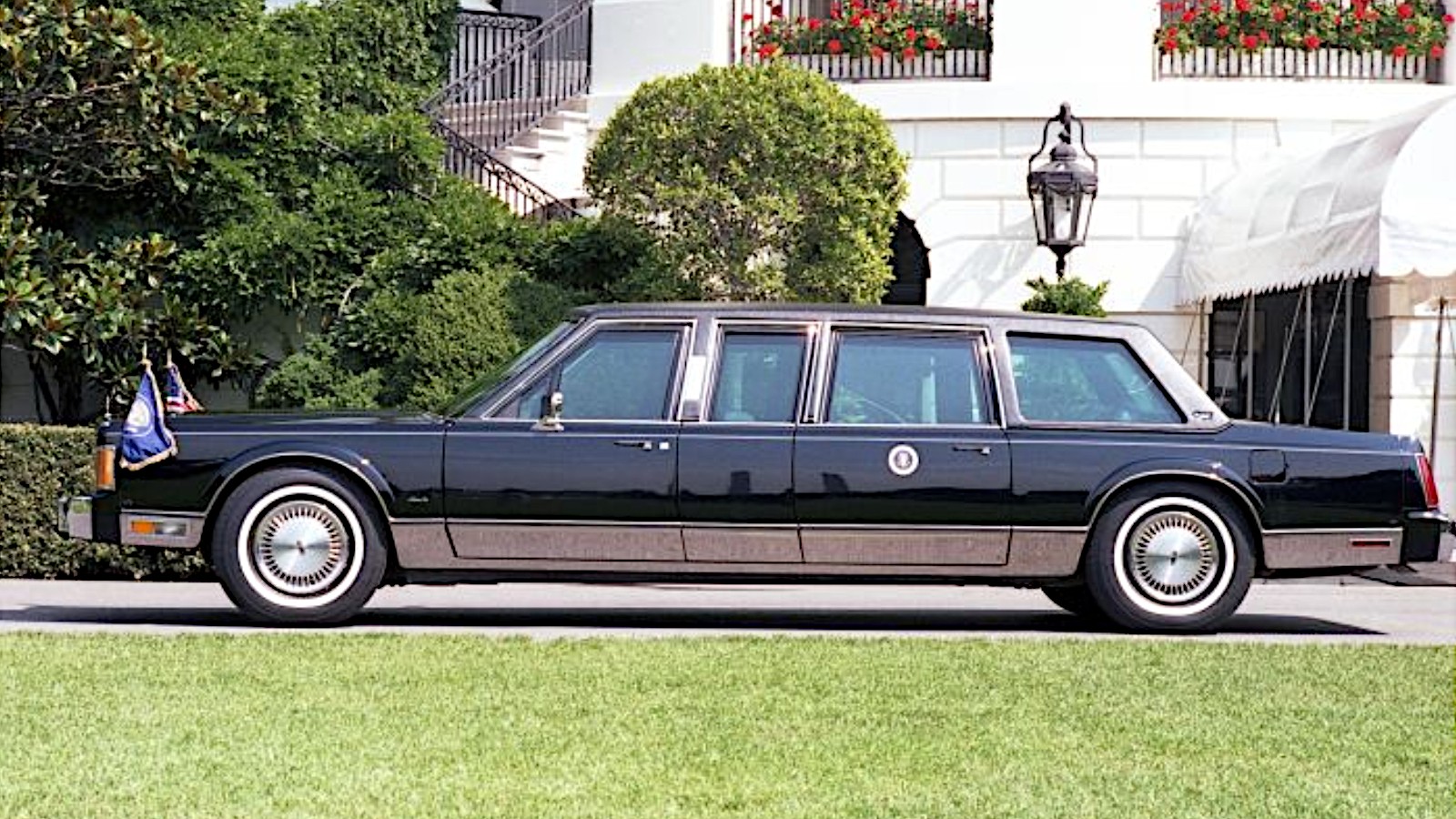 © White House/Public domain
© White House/Public domain -
 © Cliff/Creative Commons licence https://creativecommons.org/licenses/by/2.0/legalcode
© Cliff/Creative Commons licence https://creativecommons.org/licenses/by/2.0/legalcode -
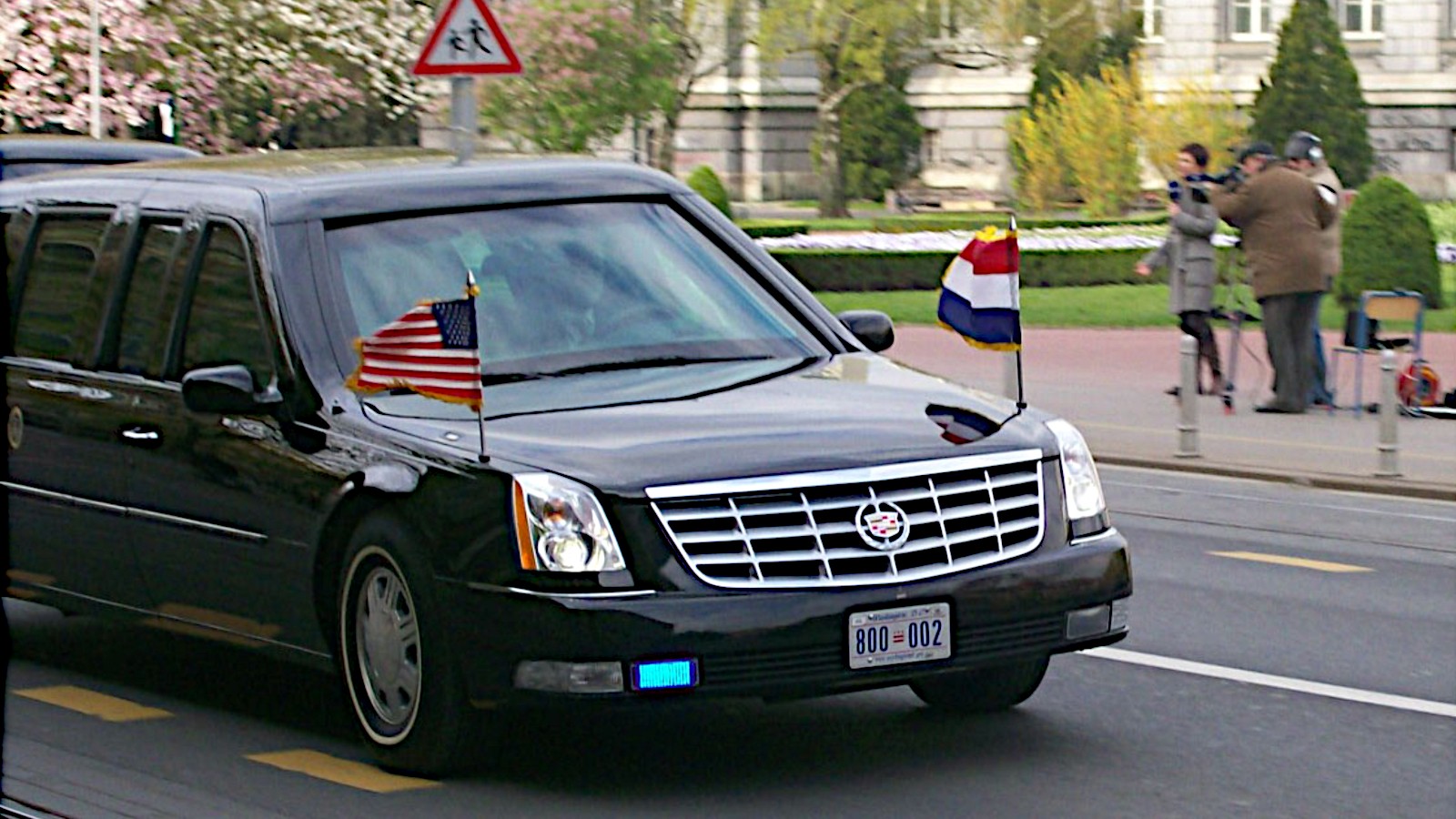 © Suradnik13/Creative Commons licence https://creativecommons.org/licenses/by-sa/4.0/legalcode
© Suradnik13/Creative Commons licence https://creativecommons.org/licenses/by-sa/4.0/legalcode -
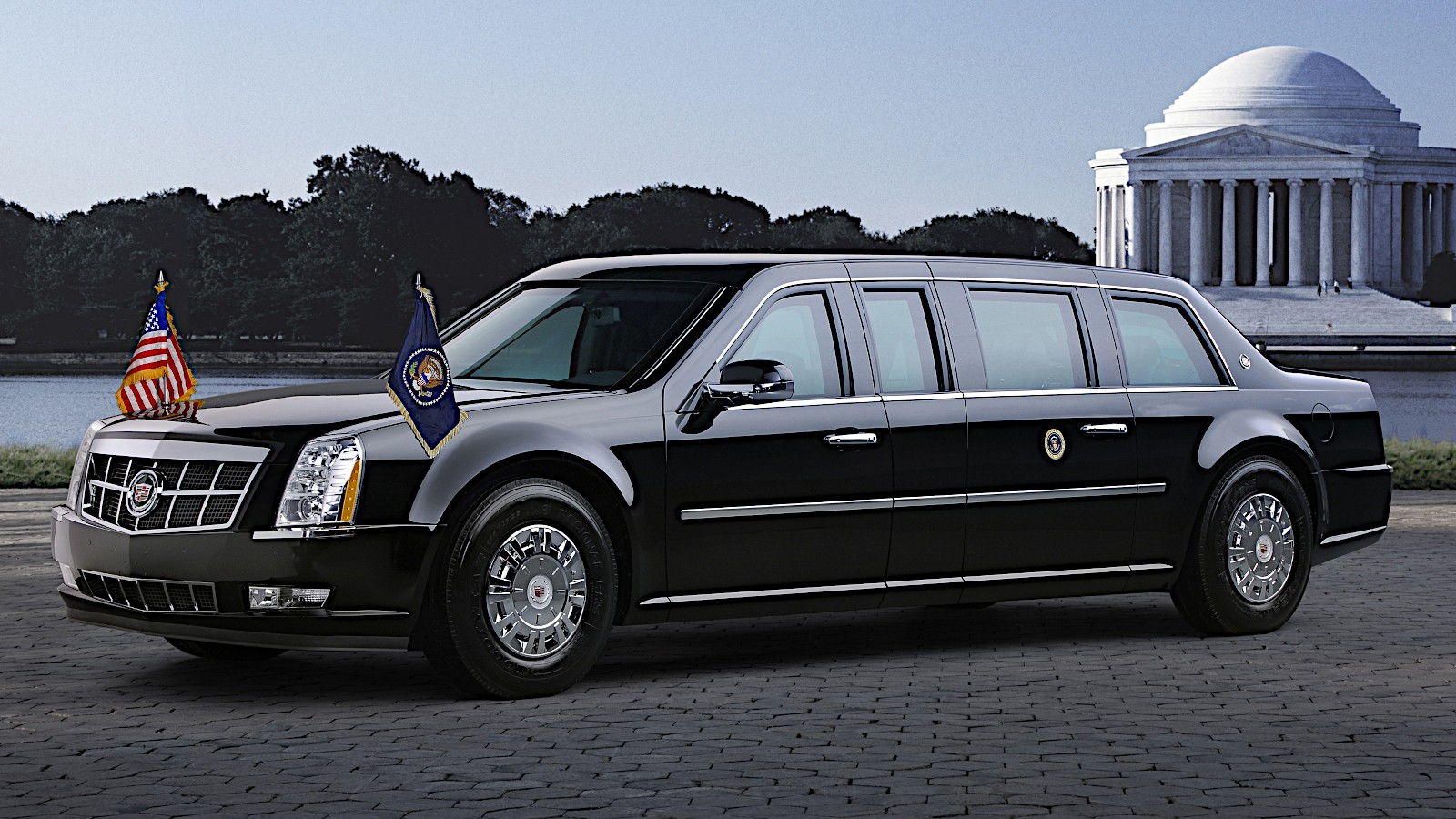 © GM
© GM -
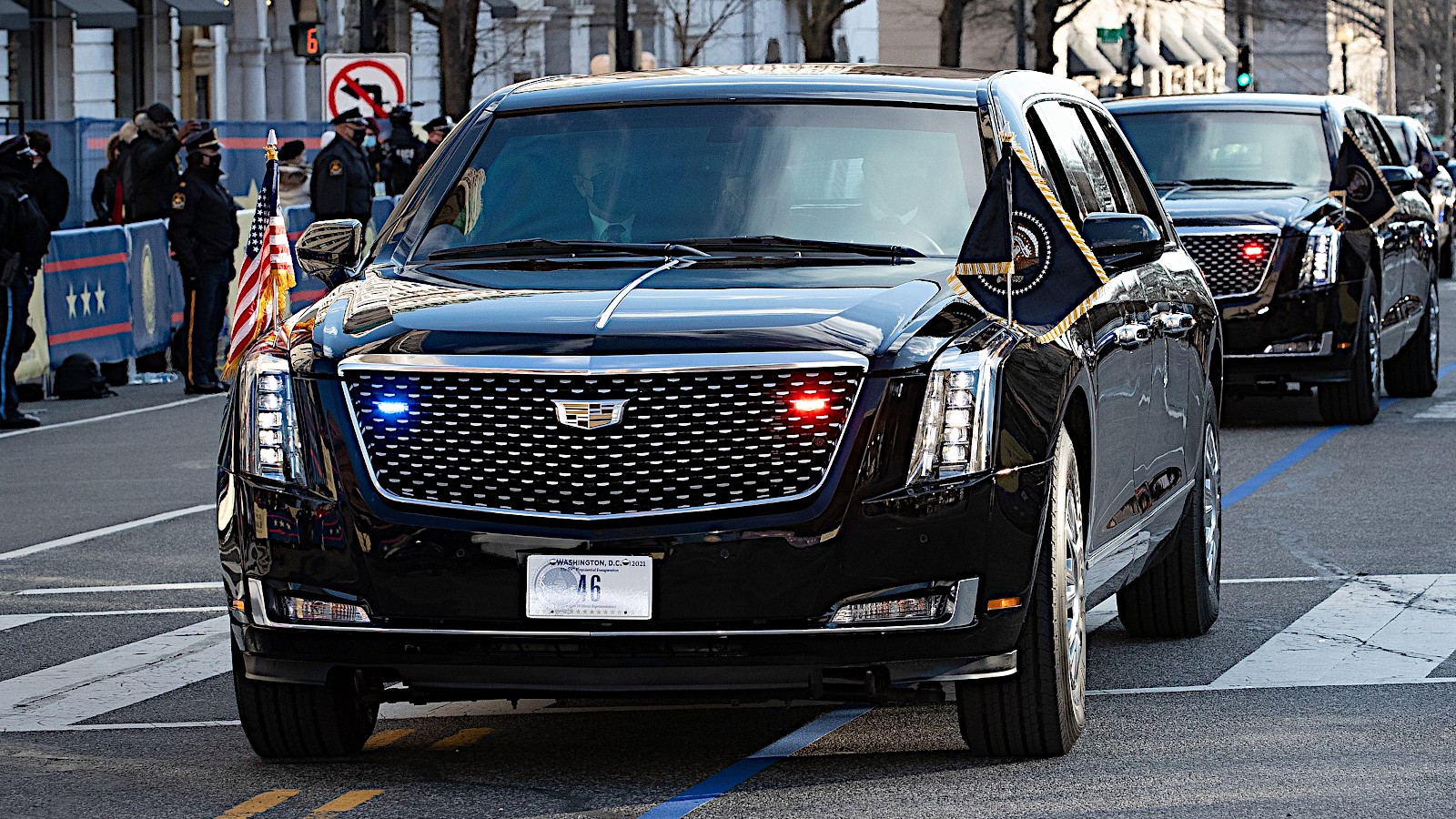 © US Customs and Border Protection/Public domain
© US Customs and Border Protection/Public domain
-
Fit for a president
Since the first US president was inaugurated in 1789, it stands to reason that presidential cars are a relatively new aspect of American life.
In fact, the 20th century had already begun before anyone able to drive a car held that office.
It wasn’t until the 1930s that a car specifically modified for presidential duties was built, so we’ll start this list with ones which were owned by, or in some cases gifted to, US leaders.
-
1. White Model M
The first president with a significant interest in cars was William Howard Taft, who became the 27th holder of the title in 1909.
As might be expected of a wealthy American of the time, Taft liked Pierce-Arrows, and put two into the White House garage after it had been converted from its original purpose as stables. Another occupant was an electric Baker.
Taking advantage of all three forms of propulsion available to car owners during this era, Taft filled the fourth space with a White Model M steamer (pictured with chauffeur at the wheel).
It’s said that he particularly liked the White because a burst of acceleration would produce a large cloud of steam which enveloped nearby photographers, foiling their attempts to take pictures of him.
-
2. Pierce-Arrow Model 51
Although he was the last president transported to his inauguration in a horse-drawn carriage, Woodrow Wilson was a strong supporter of the rapidly developing US automobile industry, and signed the 1916 Federal Aid Road Act which allocated $75 million (approximately $2 billion today) in matched funding for the improvement in rural roads.
He was also enthusiastic about cars themselves. On his return from the Paris Peace Conference in May 1919, he was presented with one of the two Model 51s built by luxury manufacturer Pierce-Arrow (the other one is pictured here).
His eight-year run as president ended two years later, but friends who knew how much he liked the car bought it and gave it to him. It is now on display at the Woodrow Wilson Presidential Library and Museum in Staunton, Virginia.
-
3. Packard Twin Six
In March 1921, Packard’s most luxurious model of its time was the first automobile to carry a new president to his inauguration.
The leader in question was Warren G Harding, who would die of natural causes two and a half years later.
Powered by a 6.9-litre V12 engine, the Twin Six was not a presidential car in the modern sense (it was supplied by the Republican National Committee), but it was the closest thing to it so far.
Representative model pictured
-
4. Lincoln Model L
As any automotive manufacturer will tell you, lending a car to a famous person is a good and reasonably cost-effective way to attract publicity.
Ford tried this in the summer of 1928, providing Calvin Coolidge with a Lincoln Model L touring sedan late in his second term.
Coolidge and his wife Grace took the car on holiday in Wisconsin in August. On their return, it went back to Ford and was sold to its first private customer.
Representative model pictured
-
5. Cadillac 452-B V16
Herbert Hoover, the 31st president, enjoyed driving and could afford the best cars available.
This combination of factors led him to buy, on his own account, a new 1932 Cadillac V16, one of the grandest American models of the time.
He still owned the car during his retirement. It is believed to have remained in political circles after he sold it, its next owner being Gordon Garland, Speaker of the California State Assembly.
-
6. The problematic Cadillac
One of the more colourful stories about presidential cars dates from 1941, when Franklin D Roosevelt is said to have been transported in a 1928 Cadillac Series 341-A fitted with bulletproof glass on the orders of its previous owner, Chicago gangster Al Capone.
This claim has been made many times (often preceded by the words ‘legend has it’), and even appears on the website of the US Secret Service.
However, Capone scholar Mario Gomes has done a lot of research into this story, and believes that it is a myth.
Among other things, Gomes has presented photographic evidence that the Cadillac in which Roosevelt certainly travelled is a much later model than the Capone car (pictured), and shown that the latter was in the UK from 1933 to 1958.
-
7. The Sunshine Special
Although the story about the ex-Capone Cadillac appears to be untrue, a demand was certainly felt for a car designed specifically to meet Roosevelt’s needs.
The Sunshine Special, as it became known, was a 1939 Lincoln Model K adapted by coachbuilders Brunn & Company.
Alterations included reinforced running boards, step plates above the rear bumper, a red light, a siren and, in view of Roosevelt’s disability, a higher roof and wider-opening rear doors. Following the attack on Pearl Harbor in December 1941, the car was given thicker glass, armour plating and – to cope with the vehicle’s weight, which was now over four tons – uprated springs and shock absorbers.
The Sunshine Special was the first car designed for a president’s use by the Secret Service, and was therefore the first presidential car as we now understand the term.
-
8. Lincoln Cosmopolitan
The first post-war presidential cars were a batch of specially modified Lincoln Cosmopolitans, said to have been ordered by Harry S Truman because of a disagreement with Cadillac.
Nine were delivered in 1950, the car’s second model year. Their chassis were longer than standard, and their bodies (whose roofs were several inches higher than normal) were constructed by the Henney Motor Company.
Sadly, Henney would not remain in coachbuilding for much longer. That side of its business failed in 1954, and it moved into other types of work including the creation of the Henney Kilowatt, an electric version of the Renault Dauphine.
-
9. Cadillac Eldorado
While Truman might have had a problem with Cadillac, his successor, Dwight D Eisenhower, saw no problem with being taken to his inauguration in 1953 in a Cadillac Series 62 Eldorado.
This luxury convertible, the first car sold with the Eldorado name, was as modern could be. It had just gone on the market, and remained there only for the 1953 model year.
-
10. The Bubble Top
The Truman Lincolns remained at the White House during Eisenhower’s administration, but not always in their original form.
Apparently wanting to be seen in the car even in bad weather, the former General asked for one of the cars to be given plexiglass roof and pillars.
It was quickly dubbed the Bubble Top, making it the second presidential car with a nickname after the Sunshine Special. Both names were considerably less aggressive than The Beast, which has been used for their 21st-century successors.
-
11. Kennedy’s Continental
In November 1963, after a series of events which have been argued about ever since, John F Kennedy was killed while riding in the back of an open-topped Lincoln Continental as it was driven slowly through Dallas, Texas.
The Continental immediately became the most famous presidential car in history, and will probably remain so for ever. It had been built in 1961 and converted by Hess & Eisenhardt.
Following Kennedy’s death, it was given a solid roof and armour plating, and painted black instead of the original Midnight Blue. According to the Henry Ford Museum, where it is now on display, it remained in service until 1977.
-
12. Johnson’s Continental
Another fourth-generation Lincoln Continental was added to the White House fleet in 1967, midway through the second administration of Kennedy’s successor, Lyndon B Johnson.
Johnson liked convertibles, but Kennedy’s death had shown that these were no long acceptable, so he had to have a model with a solid roof. Naturally, it was given a great many safety features, including, according to the LA Times, “a bubble top thicker than the protective cockpit of an F-16 fighter”.
The same car was also used by later presidents Richard Nixon, Gerald Ford and Jimmy Carter. Ford presented it to the Richard Nixon Presidential Library and Museum in Yorba Linda, California, in August 1996.
Standard fourth-generation Continental pictured
-
13. Nixon’s Continental
Yet another Continental came to the White House in 1972, during the Nixon era, and it was still performing official duties when George HW Bush was in power.
In March 1981, Ronald Reagan, who had been president for two months, was walking to the car when a failed assassination attempt took place.
A year later, the car was returned to Ford for refurbishing. Changes included a new interior and a 1979 front grille – an ‘82 grille would have been more appropriate, but it would not fit on a car built 10 years earlier.
-
14. Cadillac Fleetwood
During the Reagan era, the White House took delivery in early 1984 of two highly modified Cadillac Fleetwoods, a limousine (pictured) and a Brougham.
The former appears to have been used in the 1993 Clint Eastwood movie, In The Line Of Fire, but General Motors has confirmed that presidential cars are not used for anything other than official duties, and that the car in the film was actually a replica.
-
15. Lincoln Town Car
In 1989, the first year of his single-term presidency, George HW Bush was given something which was just about recognisable as a late first-generation Lincoln Town Car, but very much longer and taller.
This was, to date, the last of the many presidential cars provided by Lincoln. All of its successors have been Cadillacs.
-
16. Cadillac Brougham
The first post-Lincoln presidential Cadillac was built in 1993 for Bill Clinton.
According to General Motors, it was also the first car of this type not based on a production model and modified by an outside company, but designed and built specifically for its purpose by the manufacturer.
In its post-presidential era, the car was moved to the William J Clinton Presidential Center in Little Rock, Arkansas, and displayed there under certain conditions.
The Center’s museum curator (and now Deputy Director) Christine Muow has said, “We can dust the outside of the car, but if we needed to get inside it, we would have to contact the regional Secret Service office.”
-
17. Cadillac DeVille
No doubt for marketing reasons, the presidential Cadillac revealed in January 2001 had some of the styling features found on the regular DeVille, which had arrived in the 2000 model year.
In reality, of course, it was very different, with a greatly extended wheelbase, seven seats and an unspecified, though certainly awe-inspiring, amount of protection.
Michael O’Malley, the then head of Cadillac who would jump ship to look after Ford’s US advertising a few months later, compared the most important DeVille on the planet with the presidential aeroplane: “Just as Air Force One is a flying Oval Office, this new Cadillac provides the same amenities for our nation's leader while travelling on the ground.”
-
18. 2009 Cadillac
Once described as “a tank with a Cadillac badge”, the new presidential car for 2009 was, like its two predecessors, unrelated to any production vehicle, though it bore some resemblance to the then-current second-generation Cadillac CTS.
GM has never revealed its specification, but the story has been put about that it was based on the chassis of the medium duty (meaning very large) Chevrolet Kodiak and GMC TopKick trucks.
It made its debut during the inauguration parade for Barack Obama, and was still being used in the early years of the Donald Trump administration.
-
19. 2018 Cadillac
The current presidential car was completed in time for the Trump inauguration, and has also been used for that of today’s incumbent, Joe Biden.
Once again, it resembles a production Cadillac but is said to be based on a truck platform, and might be powered by a diesel engine.
Estimates of its weight range from nearly seven UK tons to just under nine (or 7.5 to 10 US tons).
